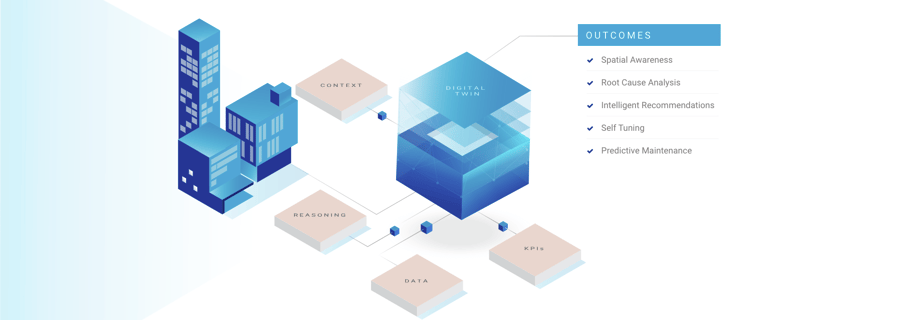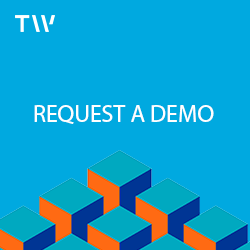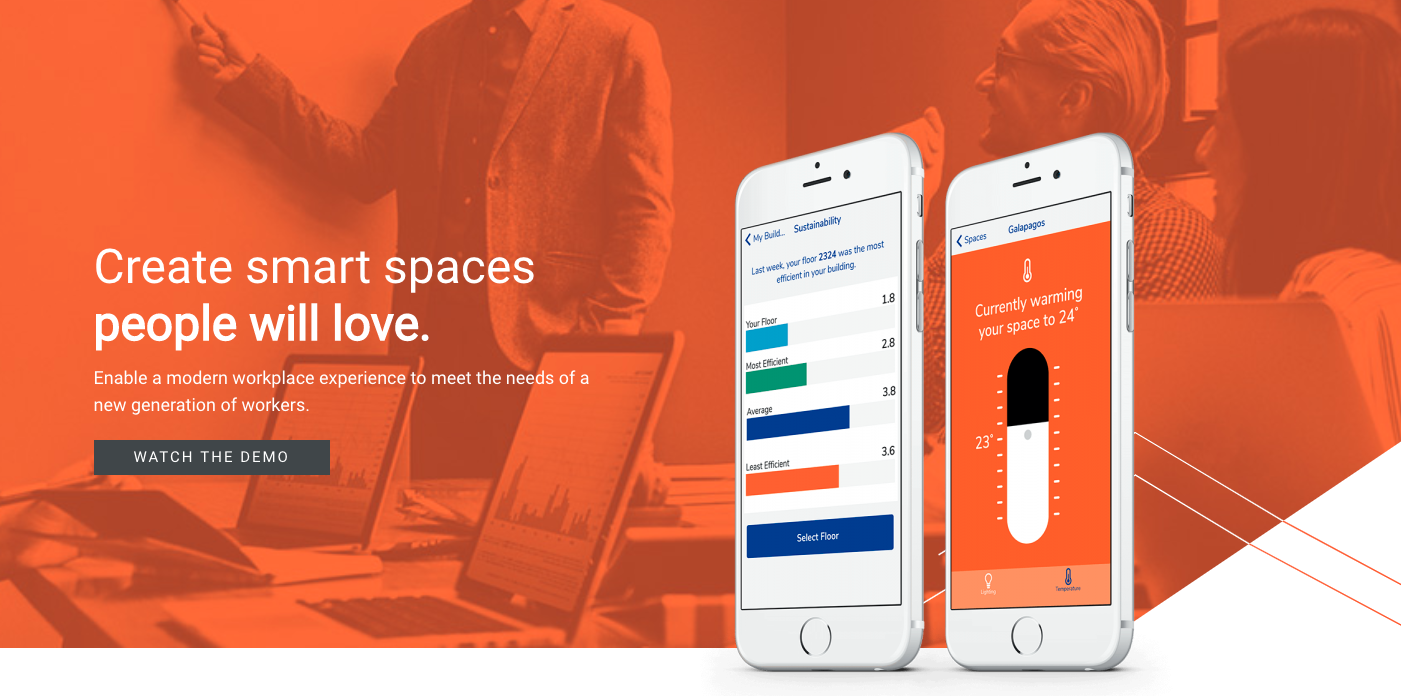Death of the Building Operating System Dream?
What will the next generation platform for CRE look like and does it signal the death of the Building OS?
The conversation around Building Operating System (Building OS) began over five years ago as owner-operators of commercial real estate assets began to realize the shortcomings of Building Management Systems (BMS). They envisioned a new type of platform that would power buildings, one that could accommodate initiatives to make buildings “smarter”. The definition of smart in those days primarily dealt with energy and operational efficiency, but today we have expanded the definition to go beyond the building such as creating smart experiences for occupants. So, how has this impacted the definition of Building OS? Do we need an entirely new paradigm or do today’s requirements of a smart building still fit within the definition of Building OS?
The origins of Building OS
The need for a Building OS evolved as a natural progression from BMS. BMS began to show it’s shortcomings as commercial real estate ambitions progressed beyond what was behind the walls. With BMS, building owners were often locked into a particular vendor, which impeded their ability to integrate the system with other sources of information, like tenant notification systems or communicate with external systems such as a local utility for more advanced energy management. Beyond these integration limitations, a BMS typically had very primitive analytics if any at all, usually encoded using proprietary languages with archaic user interfaces limiting their usability. The BMS was not designed for the new use cases that were pushing the industry towards a building that would respond proactively to occupants.
What has emerged is a Building OS that could address these more advanced requirements-- a response to the closed, legacy BMS platforms with their limited integration capabilities. Inspiration was drawn from the prevailing platforms of the mobile era, iOS and Android. An open and flexible ecosystem with a vast market of applications was envisioned.
What has happened since then?
Some CRE leaders built their own proprietary Building OS for their portfolio of assets and others opted to try a best of breed approach to satisfy the new “smart” use cases they desired and bought apps for each use case. The open ecosystem approach of iOS and Android has yet to be seen by software vendors in CRE. While many have apps that are interoperable through open APIs, almost none exist as a true foundational OS for CRE as iOS and Android are to mobile.
Are we saying that the Building OS dream is dead?
Not entirely. Does the definition need an update? Yes.
First let’s look at the requirements of a Building OS at a high level:
- A strong foundation that connects and interoperates across new and legacy building systems, IT systems, IoT devices, and external systems
- Communicates using open protocols
- Bi-directional control of hardware
- Data normalization, processing and storage
- Scalability across a portfolio of assets
- Application programming interface
- Can support an ecosystem of application vendors with an agnostic approach
This constitutes a pretty heavyweight application, we must break down this definition in order to get faster time to value on the outcomes listed above. Perhaps it’s time we got more specific about what a Building OS should do and what it should instead abstract up the technology stack to other applications.
The Next Gen Building OS
The early efforts by the CRE industry to create a Building OS was well-intentioned. The outcome that industry sought is still the same outcome we are addressing with next generation technology. And frankly, many of the requirements are the same. So, what’s the difference? Well, technology has matured and industry has learned from past failures to give rise to a better approach. The limitations of how data is ingested, stored, managed, retrieved have improved dramatically over the past five years. These improvements include:
- Lightweight and scalable edge functionality for secure data processing and bi-directional communication and control
- Hybrid data architectures that take advantage of cloud scalability, performance and economics
- Graph database technology that provides broad context across multiple data sources and performs faster and with better semantics than relational databases at run time
- Using data across devices (IoT), systems, and people to orchestrate operational processes rather than analyzing data after the fact to make operational improvements
- Open APIs that make it cheaper and frankly possible to support an ecosystem of vendors that address the ultimate outcome industry wants.
All of these improvements, and the technology that supports them, are being categorized by industry leaders as a Digital Twin for built environments. A Digital Twin is not just a 3D model of the building that repurposes BIM in a more visually intuitive manner. It needs to closely align with the outcomes industry wants -- improve operational efficiency, lower costs, satisfy occupants, and give rise to modern workplace environments.
Strong data foundation is the key to Building OS
With the continued intention by property owners and operators to leverage data inside buildings that improve operational efficiency and occupant satisfaction, the foundational requirement is a Digital Twin. It must communicate, capture and control data in real time from any system, device and workflow inside a building. It must orchestrate data from all of those sources in real time. It must support an open and flexible data and application architecture that places the interest of users ahead of the interest of vendor lock-in.
Now, more than ever, the CRE industry has the technology to go from the promise to the reality of Building OS. The goals are largely the same, but the path to get there is more clear and feasible. Look for solutions that can address the improvements made to how data is managed and you’ll find yourself on a path that can be repeated across your building portfolio.
Schedule a demo or visit our booth #1413 at Realcomm to see how ThoughtWire’s Smart Building Suite of applications can help you transform your space and keep ahead of the competition.






